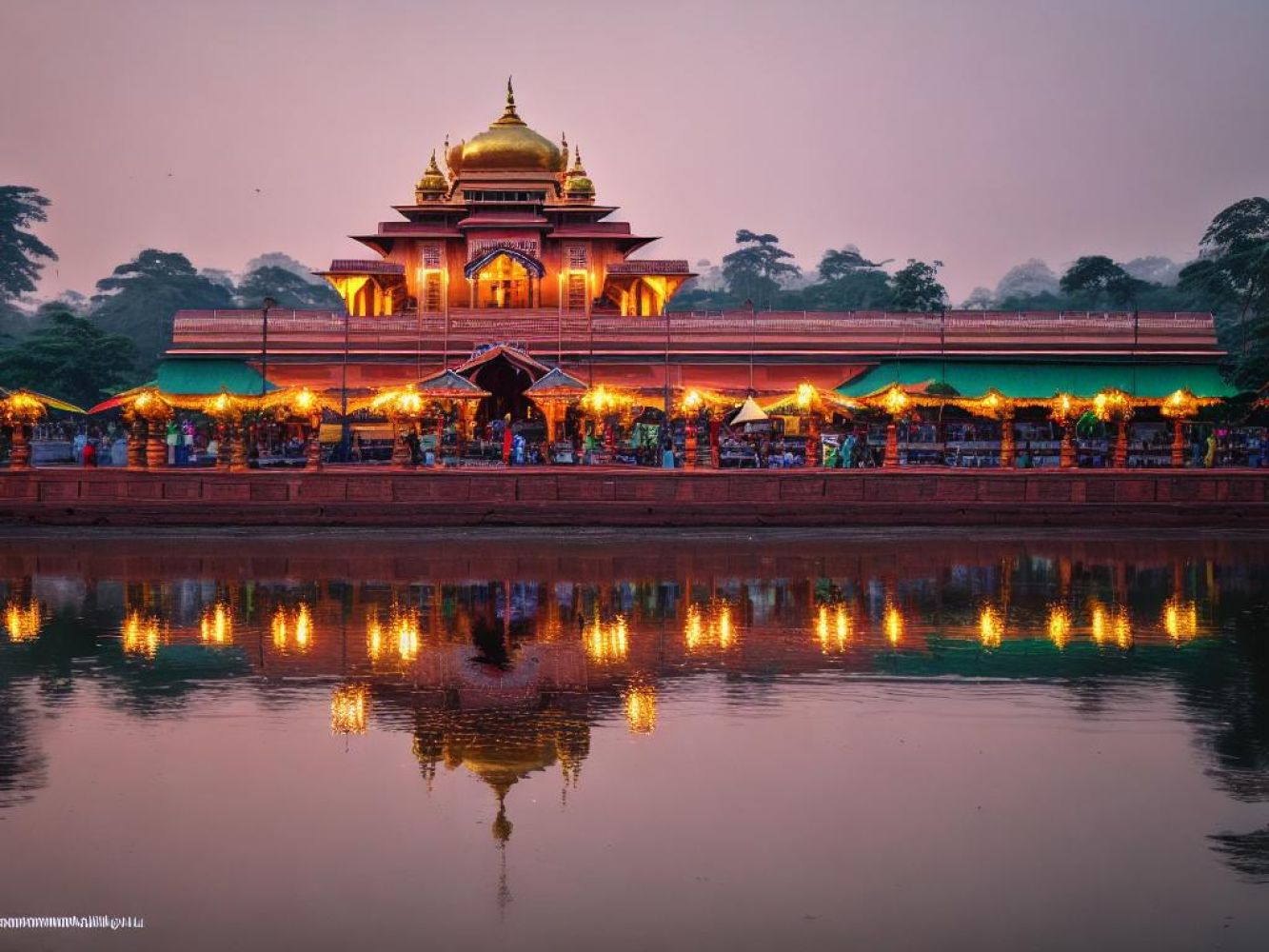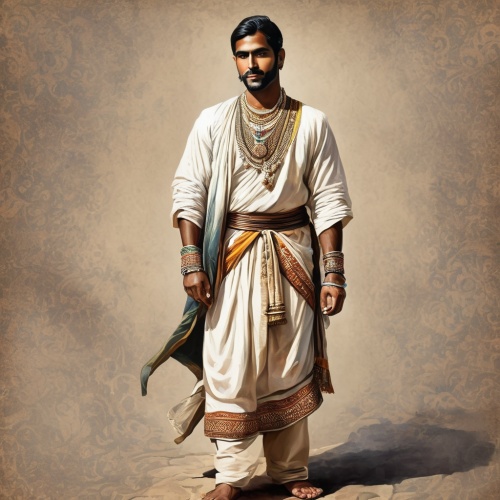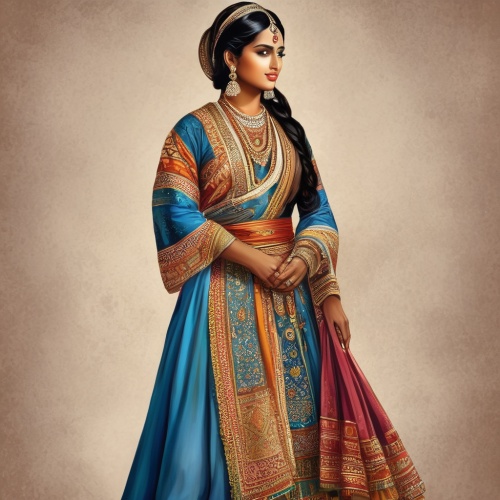Understand
Guruvayoor Temple, the third largest temple in India, is a sacred place that attracts over 7 million devotees every year. Dedicated to Lord Vishnu in the form of Sree Krishna, this temple holds a fascinating story behind its creation. According to Hindu mythology, Lord Krishna worshipped an idol of Lord Vishnu in his palace on the legendary Dwarka island. However, aware that the island would soon submerge into the sea after his departure from the material world, Krishna instructed the Deva Guru, Brihaspati, and the Wind God, Vayu Deva, to safeguard the idol. When Dwarka was sinking, Guru and Vayu took the idol and searched for a suitable place to establish it. They discovered a sacred spot, but encountered a challenge - a Shiva temple already existed there. Seeking a resolution, Guru invoked Lord Shiva, who graciously agreed to relocate his temple to make room for the divine idol. Thus, Guru and Vayu erected a temple and placed the idol, giving birth to Guruvayoor and the deity known as Guruvayoorappan. Adjacent to the main temple, a large Shiva temple now stands at Mammiyur, marking the relocation of the original Shiva temple. During Kozhikode's Zamorin era, Guruvayur served as the prominent royal temple. However, after Malabar became part of the British presidency, the temple came under the control of a private trust led by the titular Zamorin ruler and the Chief Priest. Sadly, this resulted in discriminatory practices based on caste and creed. In the 1930s, the demand for equality and social reform ignited across Kerala. A significant moment occurred when a large number of congressmen gathered at the temple gate to protest against caste discrimination, leading to the temple's closure in 1931. Subsequently, a group of revolutionaries stormed the temple, putting an end to centuries-old social discrimination. The Madras Presidency later nationalized the temple, allowing people of all castes and creeds within the Hindu fold to enter. This historic change triggered a social renaissance in Kerala's caste-ridden society of the 1930s. Today, the temple is managed by the Guruvayur Devasom, a semi-constitutional temple trustee body, under the control of the Government of Kerala. It maintains a strict dress code and prohibits entry to non-Hindus. Experience the rich history and spirituality of Guruvayoor Temple, a place that embodies both tradition and transformation.
Map & Climate
Popular Foods
 Dish: Butter Chicken (Murgh Makhani)Butter chicken is a rich and creamy curry made with marinated chicken pieces cooked in a tomato-based sauce. The dish originated in the Indian subcontinent and gained popularity in Canada due to the large population of Indian immigrants. It's typically served with basmati rice and naan bread. Butter chicken contains meat – chicken.
Dish: Butter Chicken (Murgh Makhani)Butter chicken is a rich and creamy curry made with marinated chicken pieces cooked in a tomato-based sauce. The dish originated in the Indian subcontinent and gained popularity in Canada due to the large population of Indian immigrants. It's typically served with basmati rice and naan bread. Butter chicken contains meat – chicken.  Dish: BiryaniBiryani is a popular rice dish made by cooking Basmati rice with meat (usually chicken, goat, or fish), vegetables, yogurt, and a blend of spices. It originates from the Indian subcontinent and is often considered the national dish of Pakistan. It's known for its flavorful layers and distinct aroma. Biryani contains meat – primarily chicken, goat, or fish.
Dish: BiryaniBiryani is a popular rice dish made by cooking Basmati rice with meat (usually chicken, goat, or fish), vegetables, yogurt, and a blend of spices. It originates from the Indian subcontinent and is often considered the national dish of Pakistan. It's known for its flavorful layers and distinct aroma. Biryani contains meat – primarily chicken, goat, or fish.  Dish: SamosasSamosas are deep-fried or baked pastry snacks filled with a savory mixture of spiced potatoes, onions, peas, and sometimes meat. They originate from South Asia and have become a popular street food across India. Often served as an appetizer or a quick snack, samosas can be found at roadside stalls, train stations, and even weddings. Samosas can contain meat – typically potatoes, onions, and peas, but some varieties may include meat such as chicken or lamb.
Dish: SamosasSamosas are deep-fried or baked pastry snacks filled with a savory mixture of spiced potatoes, onions, peas, and sometimes meat. They originate from South Asia and have become a popular street food across India. Often served as an appetizer or a quick snack, samosas can be found at roadside stalls, train stations, and even weddings. Samosas can contain meat – typically potatoes, onions, and peas, but some varieties may include meat such as chicken or lamb. 




Comments
NO COMMENTS